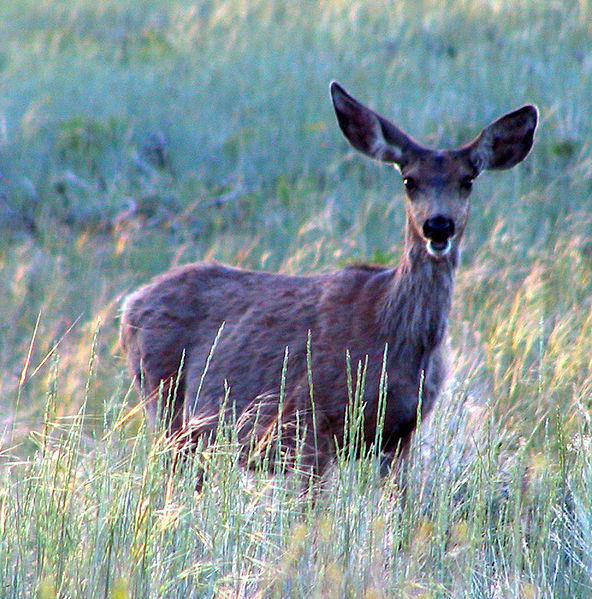El Paso County Public Health is cautioning residents in the Pleasant Valley neighborhood, on Colorado Springs’ westside, to take precautions after recently confirming plague in a mule deer in the area.

The deer was found June 19, 2015 and was tested for plague. El Paso County Public Health received notification on June 26, 2015 that the animal had plague.
This is the first time plague activity has been confirmed in El Paso County this year and public health wants to remind residents of how to protect themselves.
Plague is a bacterial disease transmitted to humans by the bite of an infected flea, or by handling an infected animal. Taking steps to avoid flea exposure will help prevent spread of the disease. Public Health will monitor plague activity in the neighborhood and respond as appropriate.
To keep your family and pets safe, please follow the following precautions:
• Avoid fleas. Protect pets with flea powder, and keep pets on a leash and out of wild rodent habitats.
• Stay out of areas that wild rodents inhabit. If you enter areas with wild rodents, wear insect repellent and tuck pant cuffs into socks to prevent flea bites.
• Avoid all contact with wild animals; do not feed or handle them.
• Do not touch sick or dead animals.
• Prevent rodent infestations around your house: clear plants and materials away from outside walls, reduce access to food items.
• Treat known rodent sites around your home with flea powder or a suitable insecticide.
Don’t attempt to catch, feed, handle or exterminate prairie dogs or any type of squirrel, chipmunk, rabbit or other wild animal.
In humans, the symptoms of plague infection are high fever, chills, headache, extreme fatigue and tender or swollen lymph glands. If you experience these symptoms, contact your physician. El Paso County’s last reported human case occurred in 1991.
Related: Colorado human tularemia tally


2 thoughts on “Colorado Springs mule deer tests positive for plague”